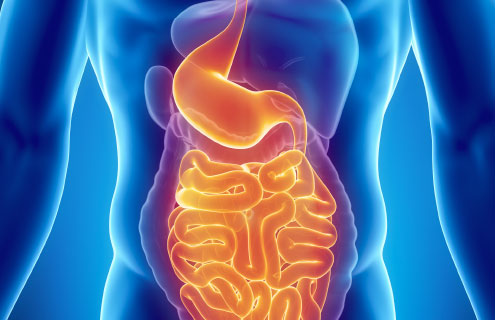Changes to the financing of the healthcare industry and its insurance coverage has seen some independent practices turn to captives as a solution
The current environment of the US healthcare industry presents a variety of both opportunities and objections for medical practitioners, particularly those operating out of independent healthcare provider organisations (HPOs).
The Patient Protection and Affordable Care Act, introduced in 2010, reformed the model by which healthcare professionals are paid, from being correlated to the number of patient visits to a capitation contract. This healthcare plan pays a fixed fee per patient registered under the care of an HPO, regardless of how many visits they make. Capitation contracts essentially operate as a volume-to-value model, with the increased treatment required by a patient equating to less HPO profit. Therefore, independent practices must be adaptable to this change.
HPOs, particularly independent practices, are now turning to captive insurance solutions to stabilise their profits and cover expected losses, primarily because any premiums paid to a captive are a tax deductible. Furthermore, HPOs that offer captive programmes will experience collateral effects on how they conduct their business, for example, profit and loss statements mirror traditional insurance company models.
As a form of self-funded alternative risk management for professional liability insurance, the viability of a captive is somewhat dependent on the efficiency of medical stop-loss protection. However, captives do offer better management of risk exposures than traditional insurance coverage because they allow access to the global reinsurance market, offer structured, bespoke coverage, and raise the HPO’s ‘risk IQ’.
In order for an HPO to determine if a captive is the best solution, it is advised to assess its risk exposures, quantify stop-loss coverage, and calculate risk tolerance. In the consolidation of the provider HPOs, the most common coverage of a healthcare captive is medical malpractice—litigation following a patient injury caused by medical professional negligence.
Medical malpractice coverage in a captive programme oversees the formation of accountable care organisations (ACOs), comprised of the independent practices participating in the captive. Increased risk pooling sees an increased emphasis on the quality of the care provided, as well as overall population health management because the payment structure now prioritises outcome-based compensation.
In this climate, a new specialised captive insurance solution has been formed in a partnership by four industry organisations: GastroAssure. The brainchild of the collaboration between Gastrologix, the Digestive Health Network (DHN), Curi, and Arthur J. Gallagher & Co, GastroAssure provides medical professional liability coverage for independent gastroenterology (GI) practices in the US.
Gastrologix was a fundamental element in launching the captive programme, as the only group purchasing organisation (GPO) in the US that operates on behalf of independent gastroenterologists to help lower costs, improve efficiency and expand their offering of services, while the DHN consists of a group of GI practices partnered to increase the efficiency of practice management.
Furthermore, Curi, a medical mutual company that offers health maintenance organisations’ insurance, participated in the formation of the captive, as a provider of products and services ranging from medical malpractice insurance to wealth management and wellbeing programmes.
Global insurance brokerage firm Arthur J. Gallagher & Co served as the medical liability programme manager and provided risk management and consulting services during the launch of the captive programme.
Dale Jenkins, CEO of Curi, reiterates the importance of GastroAssure in the market: “This partnership creates a custom captive insurance platform that allows independent GI practices to have more control of their medical professional liability coverage, so they can more easily focus on what’s most important: treating their patients and running a successful business.”
GastroAssure differs from traditional medical liability coverage because it provides a more personalised offering of benefits, including, as Jenkins notes, “the ability to control pricing, coverage terms and level of participation in risk sharing”.
The captive programme is also eligible for ancillary businesses with existing insurance parameters that are compatible with a captive, such as endoscopy centres, pathology labs and anesthesia services.
In order for a GI practice to participate in GastroAssure, they must be a member of DHN and seek to observe “incremental growth solutions outside of the commercial marketplace”, Jenkins advises. A particular advantage of captive insurance is that they provide coverage outside of the traditional commercial insurance environment to offer more tailored solutions.
More specifically, GastroAssure provides advantages to independent GI practices as it allows them to “come together to lower their medical liability insurance costs, collaborate on developing best clinical practices, and build assets that can generate additional revenue for their members,” Jenkins affirms.
He continues: “GastroAssure ultimately gives these practices more flexibility with their insurance, allowing them to benefit from stabilised or lower premiums and reduced administrative costs while having more control over claims. The practices will also share in the profits of the captive programme as owners of GastroAssure.”
The effects of the GastroAssure captive programme remain to be seen; however, independent GI practices are encouraged to join and become an ACO.





